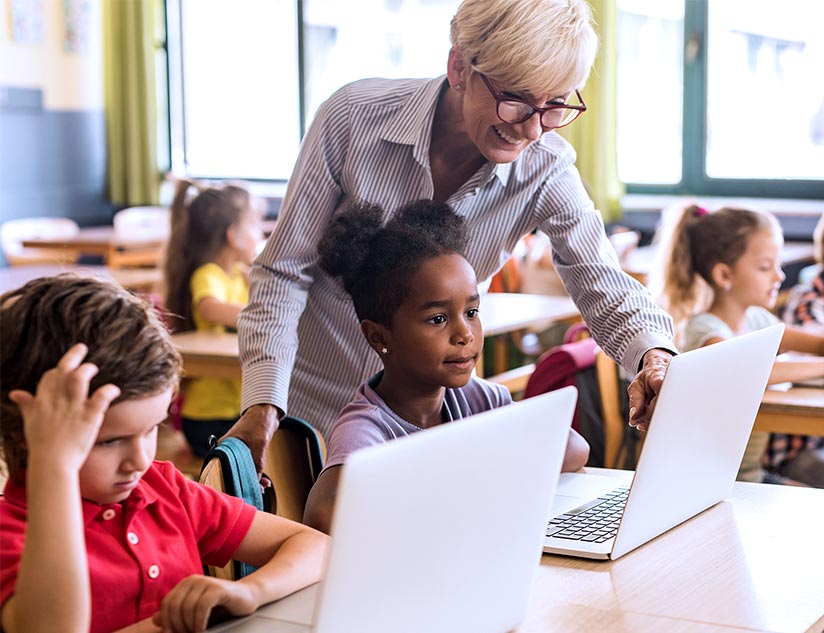For the longest time, the world, including the US has expressed the importance of STEM education; disciplines in K-12 that propel the fields of engineering and innovation forward. In early 2016, even President Obama renewed his commitment to STEM education; computer science in particular.
Even so, there has been a steady rise in the spread of another take on the basic framework of education with the inclusion of the arts disciplines into STEM. Sometime around the beginning of the previous decade, educators and institutions backed by designer and President of Rhode Island School of Design, John Maeda batted for the phenomenon called STEAM. Innovation was contended and could be improved with arts and design, according to Maeda.
Incorporated early into the K-12 education setup, STEAM activities endow students with skills related to better communication, problem-solving, collaboration and critical thinking. This ensures well-rounded education that can help prepare students better for the careers of the 21st century within the global economy, according to an article on Forbes. In fact, the period between 2014 and 2024 will witness a 17% increase in the number of jobs requiring STEAM skills, says a Daft Code blog post.
Here’s a deep dive into STEAM and why educators need to focus more on it.
Instilling Sensitivity and Adaptability to Create Problem-Solvers
With increasing globalization, it is important for students to gain an understanding of challenges in a wider context. Students who receive more education in the arts develop a higher level of empathy and excel on the academic front too, according to a study by Brookings. At the larger level, it alerts and prepares tomorrow’s workforce to innovate, while also accounting for the issues affecting us globally, including global warming, overpopulation and pandemics.
Communication and collaboration are widely held as the skills of tomorrow, especially with crises affecting the global markets more frequently. Digital learning platforms like MagicBoxTM, which allow students to raise and instructors to address queries via ticketing, help embed the culture of collaboration within the learning ecosystem.
A People Matters article points out that success in a disrupted workspace will go beyond technology; new competencies, such as adaptability and empathy, will take over. In terms of business, empathy goes a long way in generating revenue, since it helps companies understand the vastly different needs of their target market, even in far-off parts of the world.
Makerspace Environments and Design Thinking
Unlike the unidimensional approach to education in traditional systems, STEAM activities often deal with makerspaces. They involve sensory perception of the environment and dynamic visualization of the concepts being taught. Models are often used to impart learning. Equipment such as laser cutters, 3D printers and milling appliances, are often part of makerspaces. All of this contributes to learners gaining a firm foundation in design thinking.
In a global economy, design thinking benefits by ushering in a mindset that emphasizes iterative problem-solving, says an article on Entrepreneur. It is, in a nutshell, essential to innovation within a new industrial landscape. According to a Springer publication that came out in 2019, the creativity vested in design thinking is tipped to be seen as more significant for careers in the 21st century.
Incorporating Global STEAM Project-Based Learning in Classrooms
A number of schools in the US have followed interesting approaches to bringing STEAM into the classroom. One must remember that it isn’t simply about adding creativity to STEM subjects, but thinking about the application of art to STEM lessons. The popular educational TV show, Sesame Street, in its 43rd edition, took up the STEAM approach.
Bob Dorough’s 1973 song, Schoolhouse Rock, is another way to understand how art enters the STEM framework:
The formulation of lesson through this approach starts with the identification of the specific disciplines that will be targeted in an exercise. Will the learners be actually engaging in genuine problem-solving? If yes, how will they shape the outcome through their choices? Teachers need to also ask themselves what kind of products their students will create in order to exhibit learning of a concept. There are a number of project-based learning activities that can be introduced into classrooms as part of a STEAM curriculum.
1. Using Legos to teach robotics and coding to middle-schoolers requires collaboration of all the students working on a project (through specific responsibilities for everyone) and can bring about both comprehensive social-emotional learning and critical thinking skills. Creating models with interconnecting bricks and coding them to move requires both design thinking and STEM application.
2. STEAM can be combined with ELA through innovative techniques like novel engineering. Reading is followed by identification of the book’s characters and ideas for their resolution. Additionally, project-based learning could also be brought into the picture by having students think about the daily lives of the characters and designing furniture, houses or other objects of their need, based on their character traits in the story. This could be made interactive by engaging through learning experience platforms, such as MagicBox™, which easily integrates multimedia elements. This allows learning to become in-depth and have more elements than just text.
3. Who would have thought it possible to use business cards to create an origami structure that could take the weight of a middle-school student? Techniques such as origami are an excellent way to introduce young learners to STEAM. It not only engages them, but also boosts spatial cognition and logical thinking. Origami creations can be used to teach concepts like geometry, fractions and anatomy in natural life and, at the same time, instill problem-solving skills in students.
The long and short of it is that STEAM learning is about approaching STEM subjects via a design-based approach, both in classrooms and in remote learning. The more elements there are to understand a concept, the easier it is to learn it better.
MagicBoxTM comes to the rescue of both students and educators by creating interactive learning experiences so that hands-on STEAM/STEM content can be used to complement classroom lessons. Contact us to know more.














